These days ago, and despite all the problems with customs and imports from China, I have received at home a new resin printer, the Phrozen Sonic Mini. And, of course, I started to mess around with it a little, taking advantage of the situation to offer you my first impressions about it.
The Phrozen Sonic Mini uses a printing technology called stereolithography, which is characterized by using photosensitive resin and ultraviolet light to generate the pieces on our printing surface.
Since I have an Anycubic Photon since it practically appeared on the market, I will compare certain aspects between them in this article, taking advantage of the fact that it is one of the most common currently on the market.
Before starting the analysis, remember that you can always find us available on our Telegram channel. Do not hesitate to join us through the following link.
Phrozen Sonic Mini printer
Recently, the experienced Taiwanese company Phrozen developed and presented to the market this new printer, the Phrozen Sonic Mini. Its main objective is more than obvious, to compete within the segment of economic resin printers that already exist on the market today.
And it certainly doesn’t seem like a very easy task, as it’s starting to be a pretty crowded niche lately, and with new product introductions coming just around the corner.
However, the company Phrozen is not new to this and already has 7 DLP technology printers (Series Shuffle, Sonic and Transform) in its catalog. This gives them extensive experience in developing any type of printer with these characteristics. If you check the catalog on its website you will find resin printers of all kinds, from home to professional use (such as the Phrozen Transform).
Now the company Phrozen has put on the table a very cheap resin printer, easy to use and of a more than compact size. With the clear intention of bringing stereolithography (DLP) printing closer to the broad user base of FDM printers who are still unaware of this incredible technology.
Package contents (Unboxing)
After unboxing the printer, these are the components that we will find in the box that Phrozen sends us. I apologize for the quality of the photo, unfortunately these days there is hardly any sunlight, and the photography is clearly not one of my strengths.
Basically it is everything you usually find in any resin 3D printer, although the 2 types of spatulas and the funnel are appreciated. This will facilitate the task of storing the resin when we do not need to use it. Otherwise, apart from the resin, we do not need anything else for the printing process.
Inside the USB you will find all kinds of explanatory manuals, videos, software as well as printing profiles (quite complete the truth). However, if you have already used printers of this type you will not need all this type of information, but if you are new to this technology it is appreciated.
Where to acquire
You can find the Phrozen Sonic Mini 3D for sale in the following marketplaces. They are affiliate links, that means that if you use 3DWork.io you will receive a small commission, which we will allocate to support the project.
| Phrozen Sonic Mini 5.5″ |
Technical characteristics (specifications)
Below I show you all the specifications of the Phrozen Sonic Mini compared to an Anycubic Photon. This way, you can get a better idea overall. All the information of both is extracted directly from their official web pages.
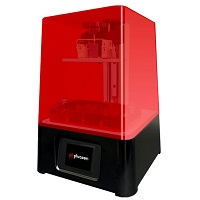 Phrozen Sonic Mini |
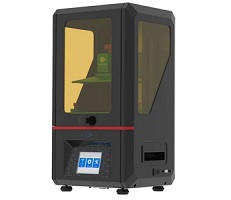 Anycubic Photon |
|
| Screen | 2.8″ TFT Color (Touch Panel) | 2.8″ TFT Color (Touch Panel) |
| Light Source | ParaLED Array Matrix (405nm) | UV integrated light (405nm) |
| XY Resolution | 62,5 microns | 47 microns |
| Layer height recommended |
10 ~ 300 microns | 25 ~ 100 microns |
| Printing volume | 119 x 66 x 130mm | 115 x 65 x 155mm |
| Printer size | 249 x 249 x 330mm | 220 x 220 x 400mm |
| Weight | 4,5 Kgs | 6,6 Kgs |
| Materials | Resina fotosensible 405nm | Resina fotosensible 405nm |
| Power | AC100-240V 50/60Hz Output: 24V |
Input: AC100-240V 50/60Hz Output: 12V |
| Conectivity | USB | USB |
| Software (Slicer) | ChiTuBox Slicer | Photon Slicer ChiTuBox Slicer |
User experience, speed and quality of parts
I have to start this section indicating that my experience of using practically most of the printer’s functions has been fully satisfactory.
One of the things I was most curious to try was the topic of leveling. I have to confess that I am not too happy when I have to level the Anycubic Photon. When you tighten the screw, the platform moves slightly vertically, and does not give any sense of precision.
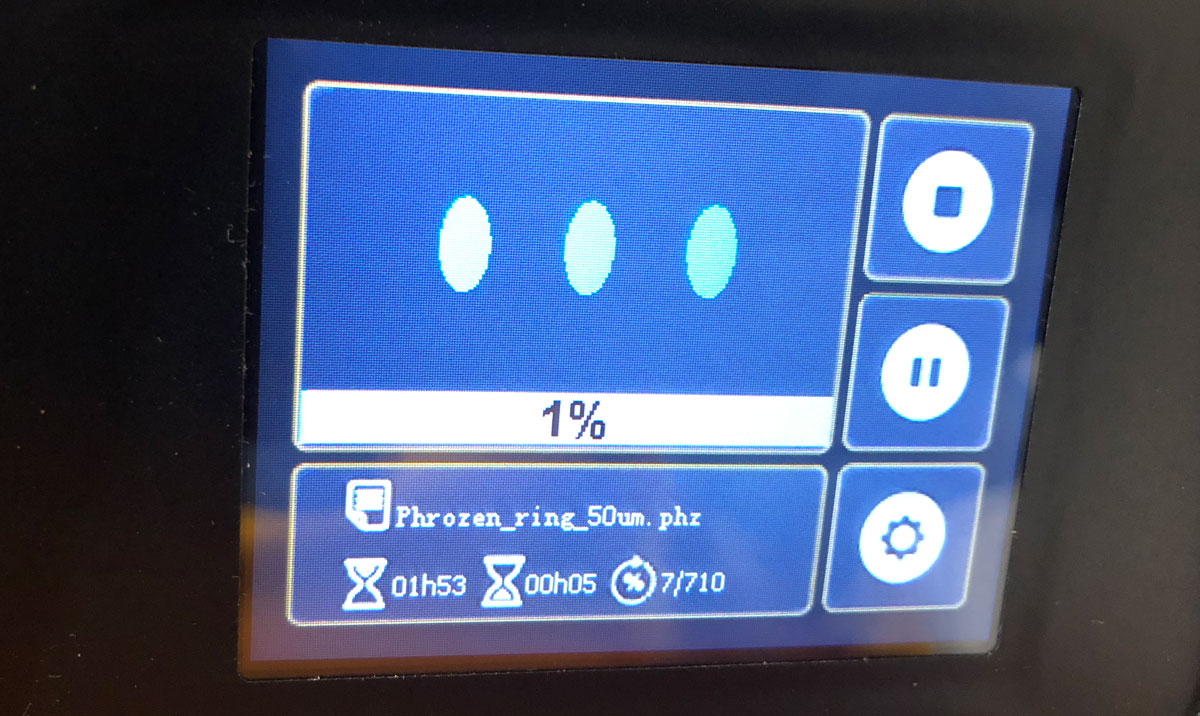 There are various improvements on the Internet (Thingiverse) to correct this problem. But for the price I assumed at the time (about 475 euros), I would have liked a more reliable system.
There are various improvements on the Internet (Thingiverse) to correct this problem. But for the price I assumed at the time (about 475 euros), I would have liked a more reliable system.
With the Phrozen Sonic Mini I take 6 prints without recalibrating the height of the Z-platform, something that gives enough reliability. So this drawback completely disappears in my opinion.
In the interface (display) section, say that it is quite simple and intuitive, and in a few seconds you can move without any problem. It is still a resin printer, so practically 99% of the parameters to be modified will be carried out from the Slicer that we use.
If we put the focus on the quality shown by the Phrozen Sonic Mini, we can see that it is practically identical to that of our AnyCubic Photon. Even with a slightly more modest XY resolution (62.5mn compared to 47mn), the level of detail is excellent, as you can see in the different images that appear in the article. I really have not noticed any appreciable difference visually between the two.
The printing speed per layer is spectacular (3 seconds, compared to 6 for an Anycubic Photon or Elegoo Mars). This allows you to literally destroy the printing times of other machines in the same segment, something that has amazed me.
The reason for this considerable time saving in our prints lies in using an LCD screen (for masking) with a slightly lower resolution than usual. In this way, the Phrozen Sonic Mini allows the passage of more ultraviolet light in a given time. A great success, in my opinion.
Thanks to this type of LCD screen, Phrozen claims a useful life of approximately 2000 hours of printing, far superior to the rest of its competitors. And it is still something important to consider.
Printer strengths (and weaknesses)
Print surface leveling
To carry out the leveling process, you must press a button on the LCD display for this purpose. The same software will guide you through instructions on the screen, something that I think is great, and without the need to follow instructions from a written manual or videos on YouTube.
Leveling is very simple, you just have to loosen 4 hex screws (metric 4) and when the printer has lowered the platform to the end of the stroke, you tighten them and you’re done.
You should not perform any operation later, easier impossible. You certainly continue to use a folio to keep the distance that the FEP sheet will occupy, but unlike with the Anycubic Photon, not to “measure” the resistance that it offers when trying to remove it.
Printing speed
As we have previously commented, the printing speed is something worth noting (and personally my favorite point).
Performing layer cures of 2-3 seconds, compared to the 6 that I had been doing offers you a very interesting production capacity to be a resin printer. And the fact that the resolution has been reduced a little has little effect on its quality (negligible problems).
Enclosure and odors
One of the characteristics that I hate about this printers is the terrible smell given off by resins. In this regard, the Phrozen Sonic Mini has pleasantly surprised me.
After putting the first 2 impressions I have noticed that the room where it is located is barely impregnated with that typical chemical smell. With the Anycubic Photon it is practically impossible to be in the same room. Not only does the smell literally escape through the joints of the enclosure, but a fan (I don’t understand why) expelled all the particles inside without shame.
The enclosure of the Phrozen Sonic Mini printer is a very basic encapsulation in methacrylate, but incredibly effective. There is hardly any smell, and I would dare to say that the little that exists is only when you pour the resin or when you remove the dome for the extraction tasks.
Translucent resin tank
The clear plastic bucket at first was lower in quality than the ones I had used in aluminum. I must admit that metal always gives me a better feeling than plastic when purchasing products. But after using it, I changed my mind, mainly for two reasons.
The first very simple, and which I did not notice until I began to fill it with liquid resin. You can see at all times the level of resin available in it. It is ridiculously obvious. In this way, if at any given time you make a “short” of resin, you can immediately visualize it and fill it a little on the side with great care (taking advantage of easy access).
The second reason is that you will be able to detect possible errors in the printing much sooner than if your tray were made of aluminum, or what is the same, not transparent. Another great success, since it had me really fried having to wait for half a printed piece to see that it had come off in the bucket, with its consequent waste of printing material and money.
There will be those who do not like and prefer aluminum, of course. I do not know how it will react to the passage of time, but in what little I have used it has convinced me a lot.
Parts removal and maintenance
Access to extract the parts or tray, as well as the handling and maintenance of the printer has become a very comfortable task. You just have to remove the top methacrylate closure and you already have full access to the 360º degrees of the machine.
In other more “encapsulated” printers you can only operate frontally, something that is quite uncomfortable and very restrictive when using it. In this regard, the packaging of the Phrozen Sonic Mini gives you high freedom, and is appreciated from the first impression. Although the maintenance in this type of printers is practically nil, it does not hurt to have this type of comfort.
Possible improvements to add
Considering the price of this printer and its performance, I have not found anything that could have really disappointed me. However, there is always room for improvement in everything, so I comment on some areas for improvement.
When a part finishes printing, there is usually plenty of residue (unused resin) on top of the printing surface. The reason is because this surface is completely flat. It is not something that is alarming in any way, it is simply being a little careful when removing the impression, but it could be tilted to facilitate the fall of the resin in later versions of it.
The power cable (transformer) is not excessively long. I personally like long power cords as I am always limited in plugs. If that’s your case, you may need an extension cord.
And well, to finish and to ask for something else, it would not be a bad thing to have a measurement system in the liquid resin bucket. For example, some scratches that could indicate the current amount of resin in it. Although I certainly haven’t seen this on any resin printer (that I know of), but it can be quite practical in my opinion.
Printed models with Phrozen Sonic Mini
Brief final assessment
Phrozen offers us this time a more than interesting product, very easy to use and at a completely affordable price for the vast majority of pockets. For practically 205 euros you can already have a resin printer at a lower price than many filament printers that exist in the market.
Taking into account all its features and price, in my opinion the Phrozen Sonic Mini printer proves to be a very serious option to consider for those who want to start in the world of resin printing. And especially if what we are looking for is an excellent quality / price ratio based on a minimum investment in this regard.
I hope and wish that this brief introduction to the Phrozen Sonic Mini has been of interest to you. And of course, it will help you draw more conclusions if you are interested in purchasing a new resin printer. Something that is beginning to be essential for any person upset by 3D printing, don’t you think?
Do not hesitate to read other interesting articles that you can find on our website:
- Marlin Builder: Update with support for version v2.0.6.1 and factory preconfigured firmwares
- Monoprice Cadet: Safe 3D printing for kids and beginners
- New review of electronic BTT SKR MINI E3 V2.0 for your Ender 3 printer
- Closed-Loop Motors: Makerbase MKS Servo42b (Brief analysis)
- Complete guide SKR v1.4 / v1.4 Turbo with TMC2209 Sensorless drivers and Display TFT35 V3.0
- DyzeXtruder Pro: Analysis of a high-performance extruder for professional environments
- MKS TFT35 Display: Latest updates v106 and v107 available
- The Spaghetti Detective: Monitoring Octoprint from the Internet safely






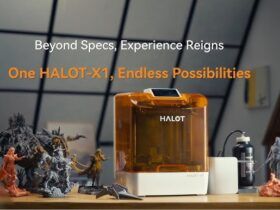
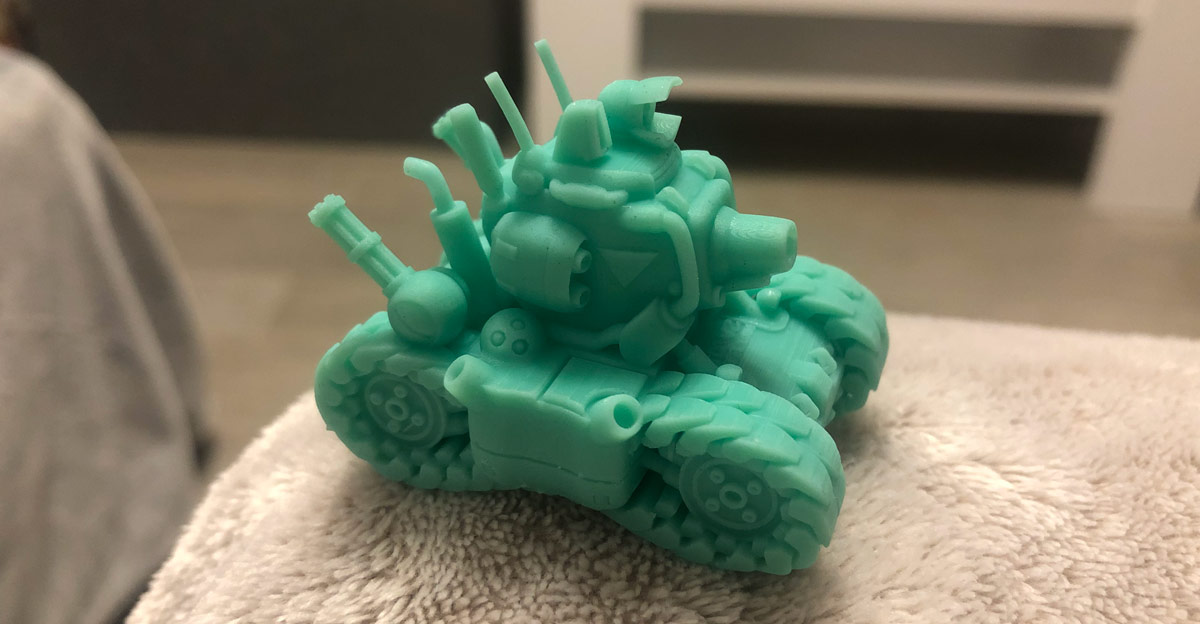
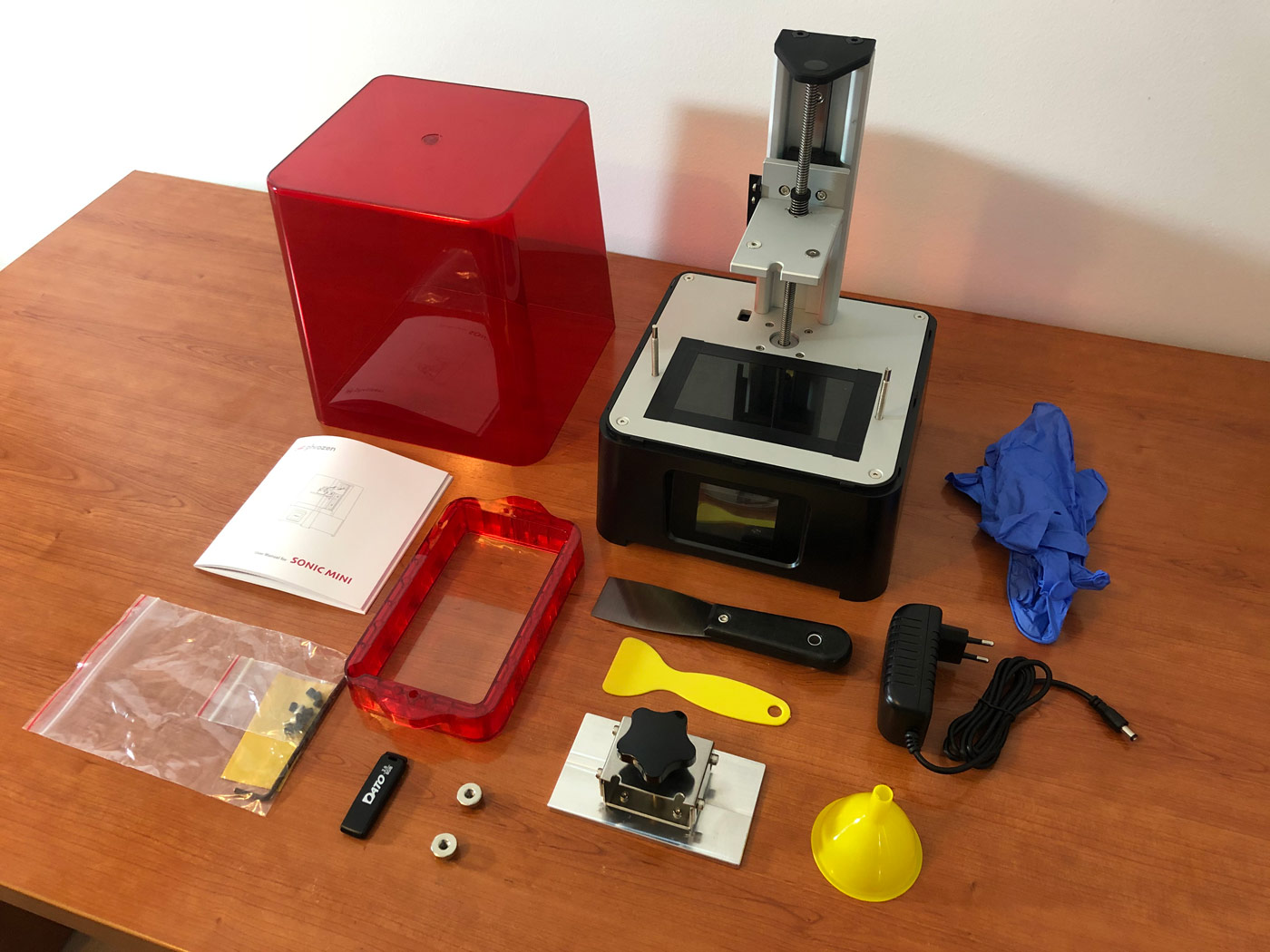


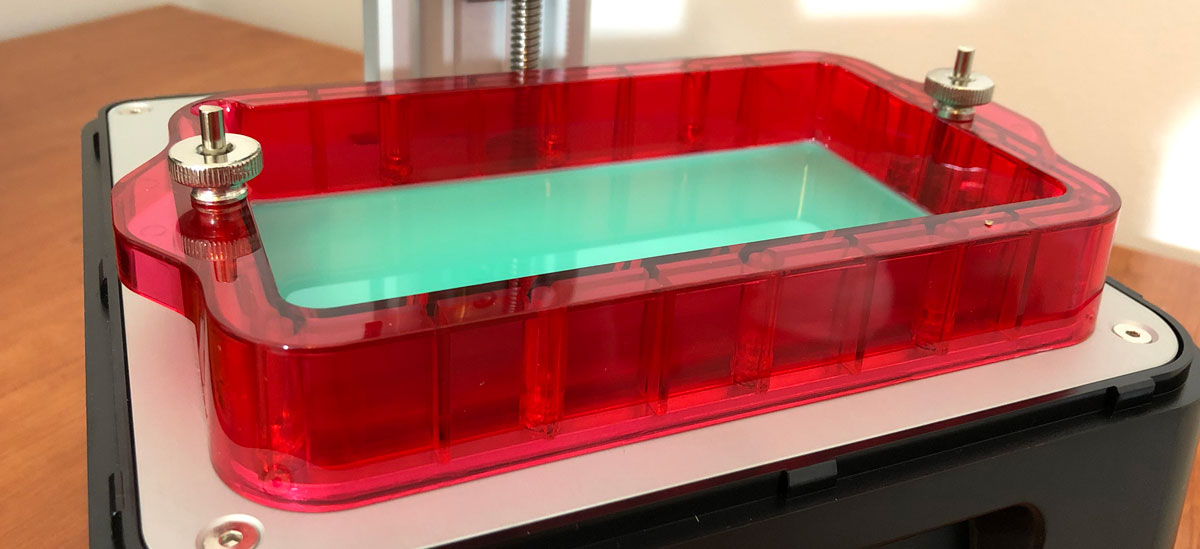

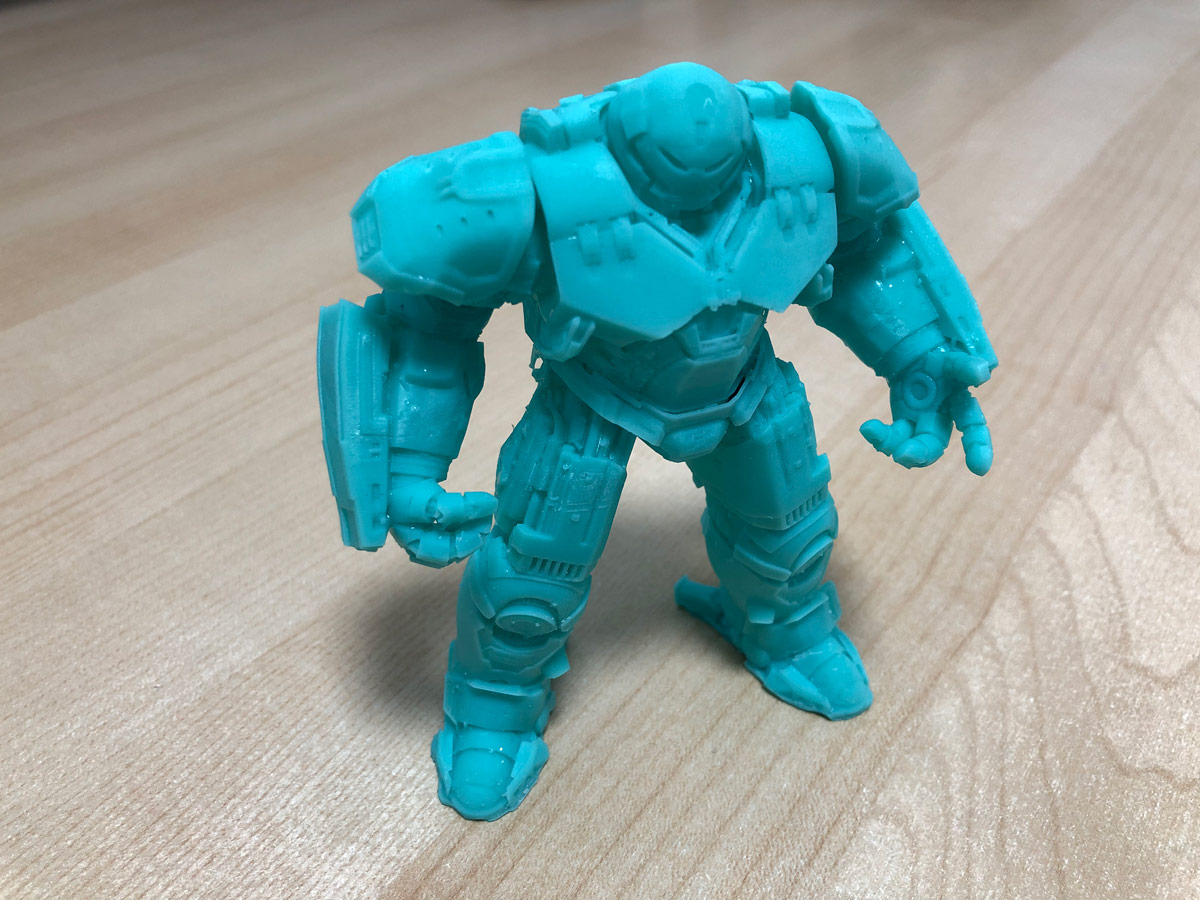

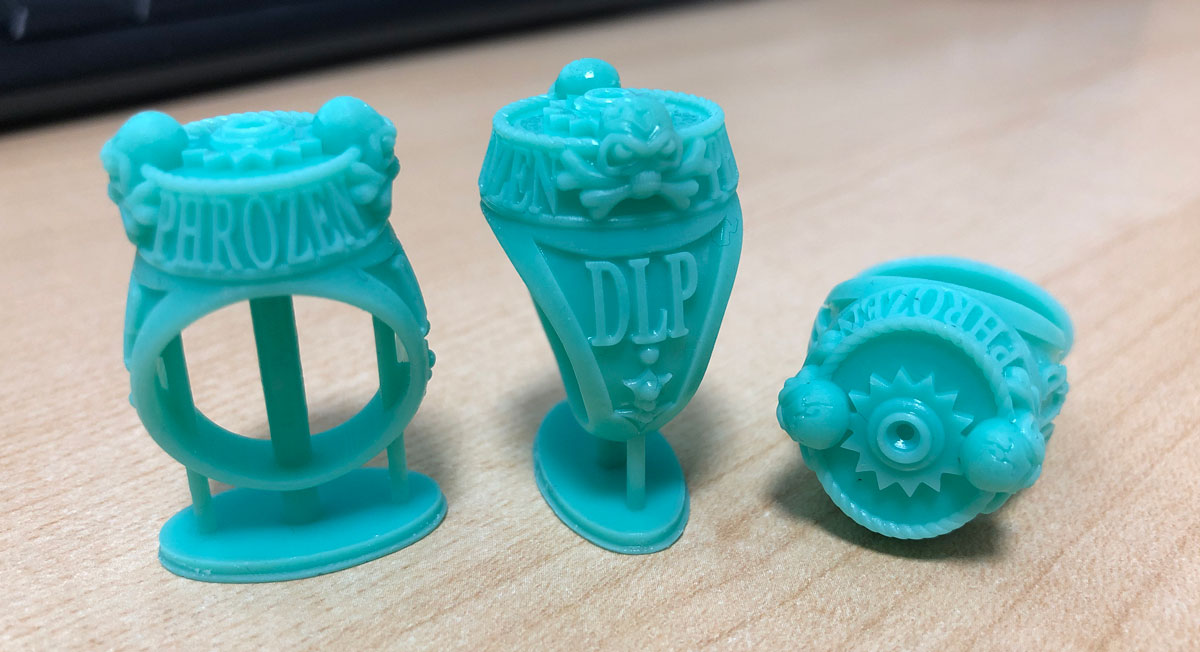
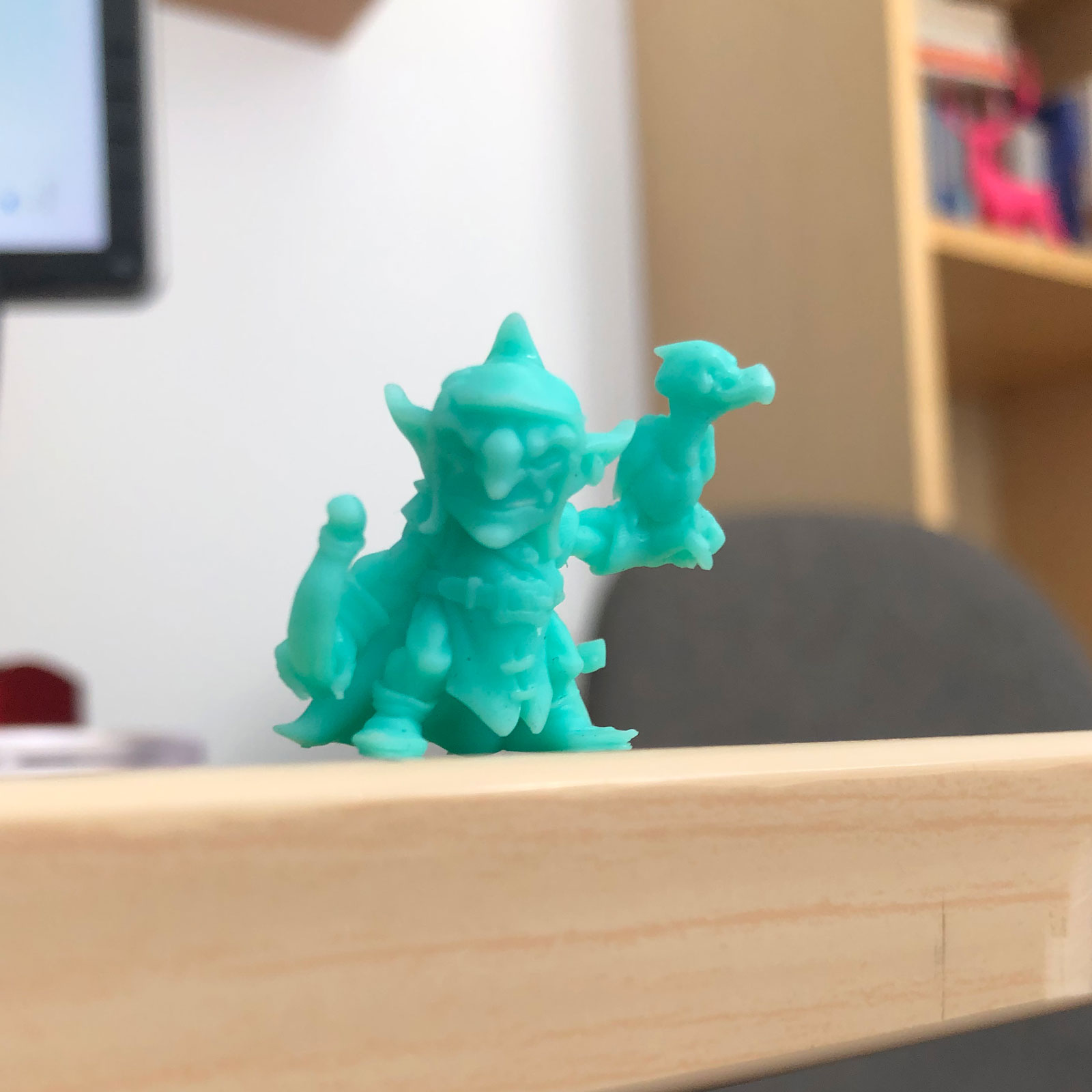


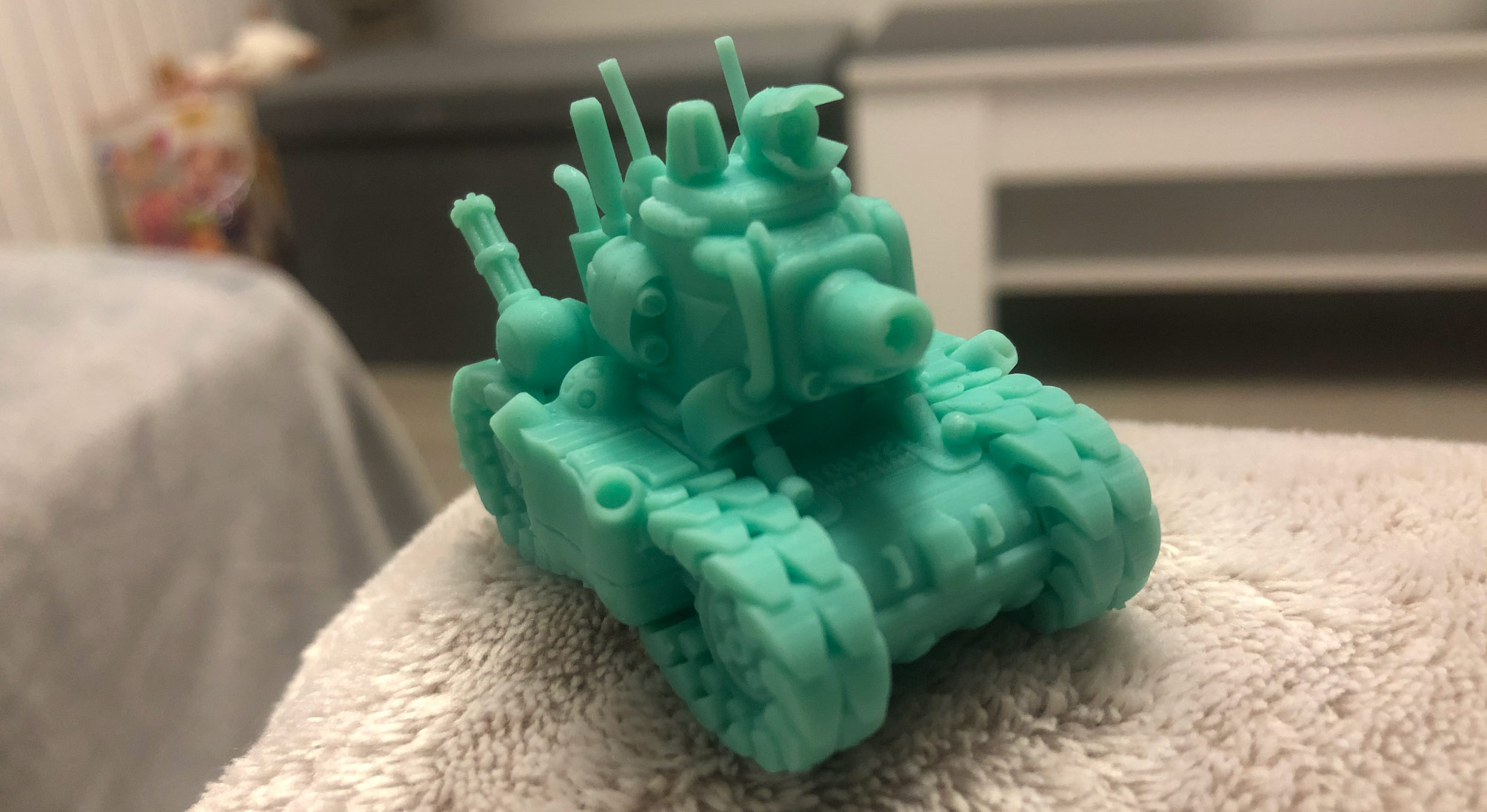





















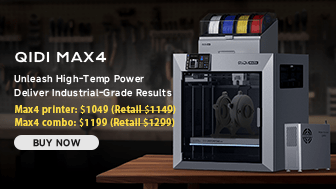







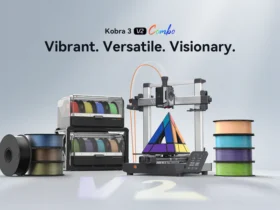
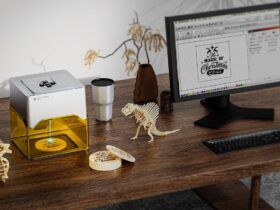









Déjanos un comentario